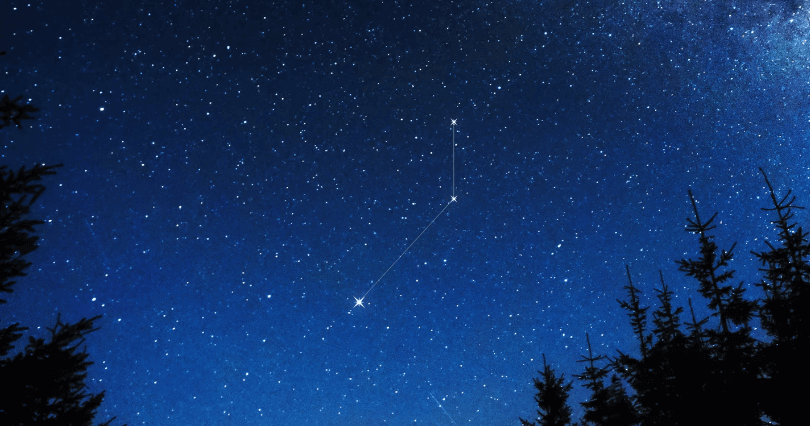Pictor Constellation

Pictor constellation is a medium-size constellation in the southern hemisphere and it means ‘the painter’ in Latin since it represents the painter’s easel. You can easily locate it between Carina’s constellation brightest star Canopus and the Large Magellanic Cloud between Dorado and Mensa constellations. Pictor was not known to Ptolemy and his 48 then-known constellations list and was first introduced by de Lacaille, a famous French astronomer from the 17th century. He called it Equuleus Pictoris, and shortly after that was renamed to simply Pictor. This constellation is known to be one of the fainted ones and the best time to see it in the southern hemisphere is during culmination in winter months.
After the telescope was invented, French astronomer de Lacaille named some of the southern hemisphere constellations that were not spotted or cataloged before. He liked naming them after the technical novelties and not after the animals or creatures from Greek-Roman mythology. The Pictor constellation was therefore named after the painter’s easel.
How to find Pictor constellation in the night sky?
Pictor is the 59th constellation in size, and it lies in the first quadrant of the southern hemisphere. The constellation is visible to all observers at latitudes between +26° and -90°. Pictor constellation is bordered by Puppis, Volans, Carina, Caelum and Dorado constellations, and is a member of the Lacaille family of constellations along with Antila, Caelum, Circinus, Fornax, Horologium, Mensa, Microscopium, Norma, Octans, Reticulum, Sculptor, and Telescopium constellations.
Major stars in Pictor constellation
Pictor constellation is home to only three bright stars with its known planets, and the brightest one is Alpha Pictoris. There are no Messier objects or meteor showers connected to this constellation.
- α Pictoris (Alpha Pictoris) – the brightest star in Pictor, approx. 97 light-years distant from the Sun. The star is very bright (3rd magnitude) so it is quite easy to find it from the southern hemisphere, without having to use the binoculars.
- β Pictoris (Beta Pictoris)
- γ Pictoris (Gamma Pictoris)
- δ Pictoris (Delta Pictoris)
- Kapteyn’s Star – first spotted by the Kapteyn in 1898, who was a famous Dutch astronomer. This one is a red dwarf with a magnitude of 8.85 and is approx. 12.76 light-years distant from our planet. It could easily be seen with telescope or binoculars.
- AB Pictoris
- HD 40307 and HD 41004
Mythology of the Pictor Constellation
Due to the fact it has been recently discovered, Pictor constellation is not associated with any Greek-Roman myths and tails. It was hard for the Greeks to spot the constellations in the southern hemisphere, so Ptolemy was not able to see it or document it when he created his list of 48 known constellations around the 2nd century BC. It was first presented in the mid-18th century by Nicolas Lacaille, who was a famous French astronomer. He named it Chevalet et la Palette, which meant “the easel and palette.”, but shortly after that renamed it to Equuleus Pictoris on his planisphere. Francis Baily, who was a known British astronomer, decided to shorten the name in 1845. by Herschel’s suggestion and the constellation soon was introduced as the Pictor in his “British Association Catalogue”. The constellation is now recognized and listed as one of the 88 modern times constellations by the International Astronomical Union.


